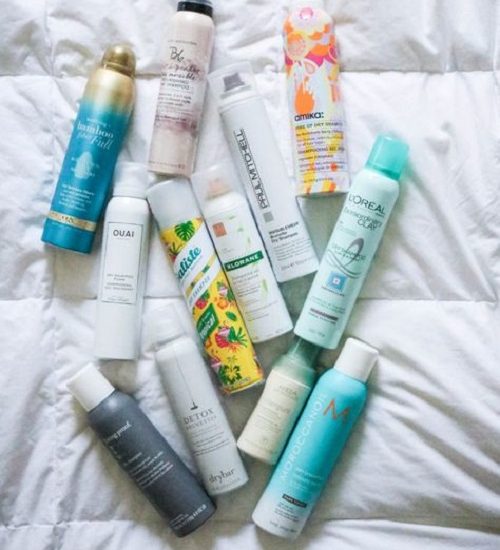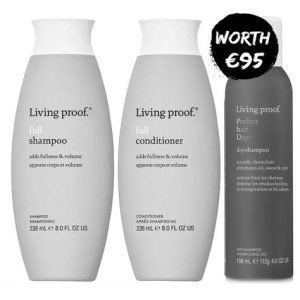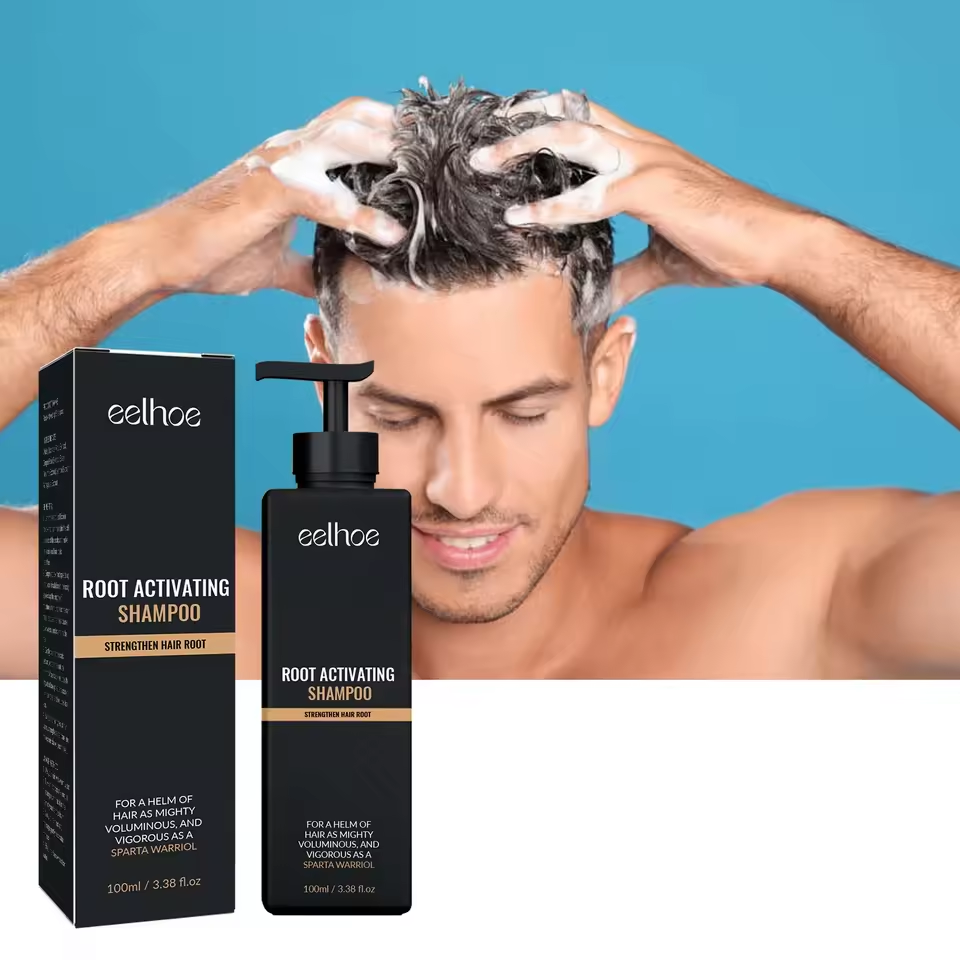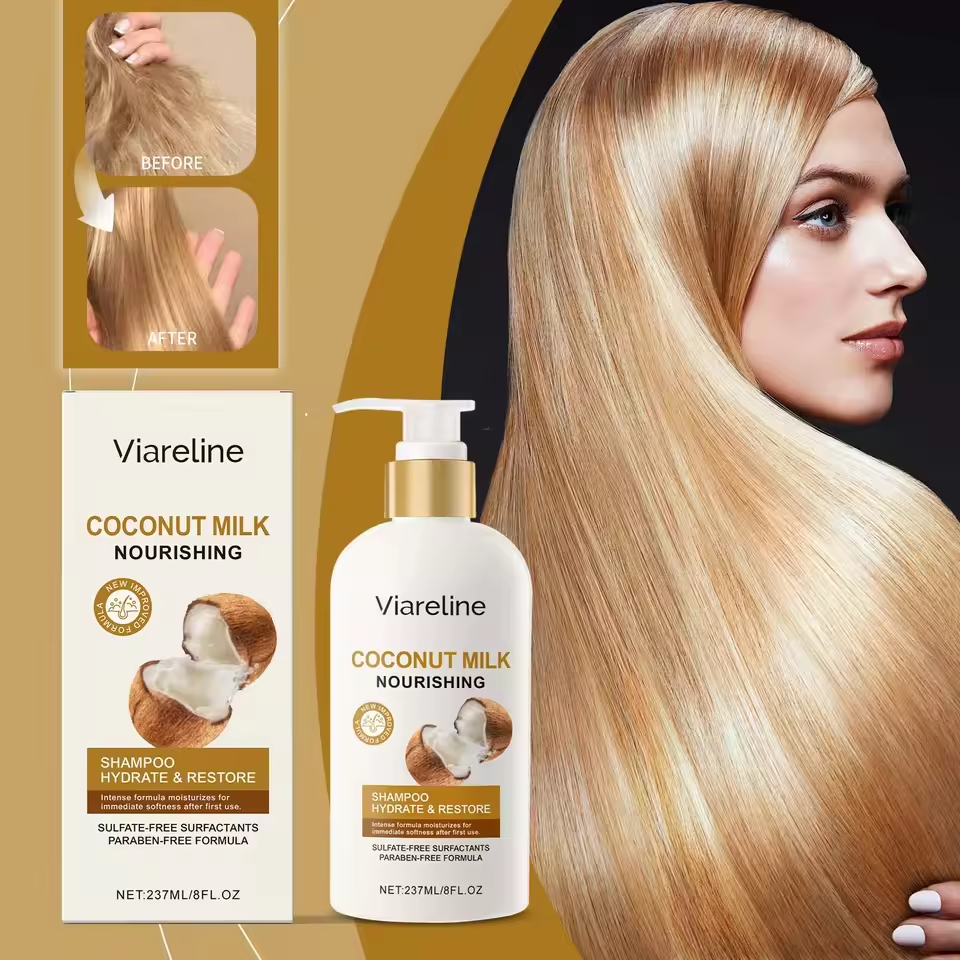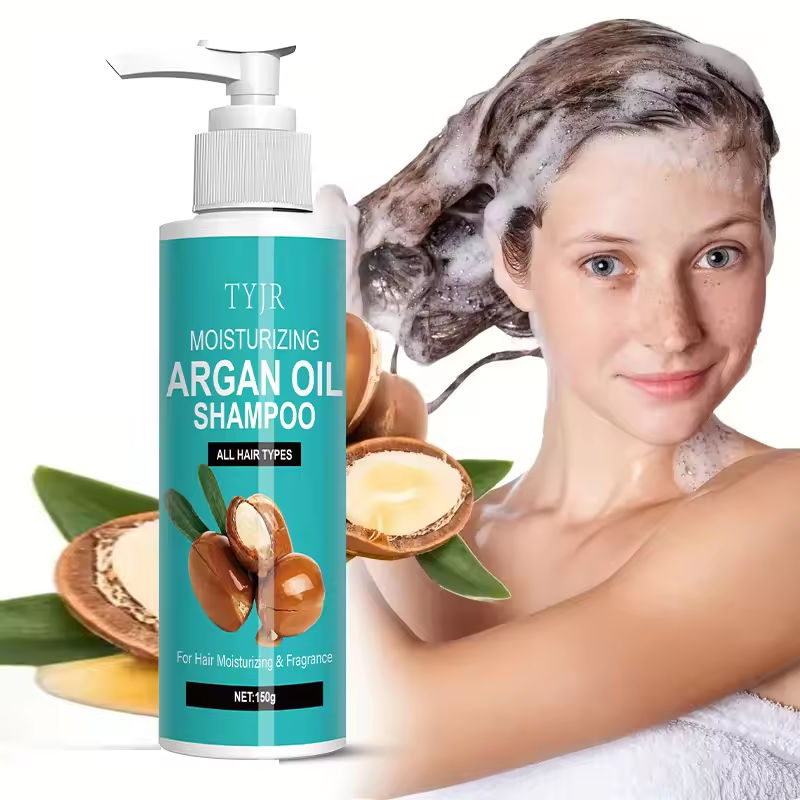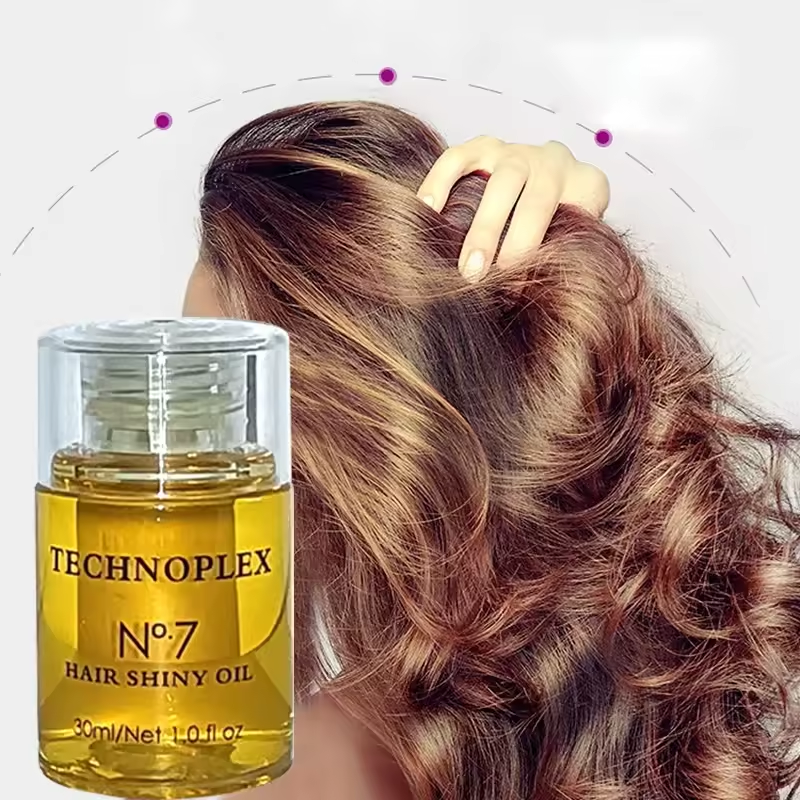Dry shampoos that are safe are popular hair care products that help refresh hair between washes. It absorbs oil and dirt from the scalp, leaving hair feeling cleaner and looking less greasy. Dry shampoos come in various forms, fragrances, and ingredients. This article explores dry shampoos and highlights some safety considerations when choosing one.
Understanding Dry Shampoos
Dry shampoos typically contain absorbent powders, like starch or rice flour. These powders target oil and dirt on the scalp and hair. When applied and massaged into the scalp, the powders absorb oil, leaving hair feeling cleaner and smelling fresher.
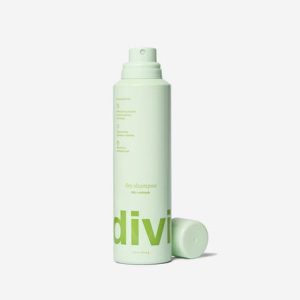
Benefits of Dry Shampoos
Dry shampoos offer several benefits for hair care:
Convenience:
Dry shampoo allows you to refresh your hair between washes, extending the time between shampoos. This can be helpful for busy lifestyles or for those who want to avoid washing their hair every day.
Refreshed look:
Dry shampoo can absorb oil and sweat, leaving hair looking and feeling less greasy.
Volume boost:
Dry shampoo can add volume and texture to hair, especially at the roots.
Scalp care:
Some dry shampoos contain ingredients that can soothe an itchy scalp.
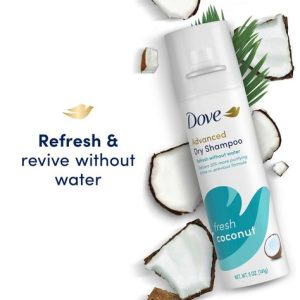
Safety Considerations for Dry Shampoos
While dry shampoos are generally safe for most people, there are a few things to consider:
-
Ingredients: Look for dry shampoos that are free of harsh chemicals, sulfates, and aluminum. These ingredients can irritate the scalp or cause dryness.
-
Fragrance: Fragrance can irritate the scalp, especially for those with sensitive skin. Choose fragrance-free or hypoallergenic options if you have a sensitive scalp.
-
Build-up: Regular use of dry shampoo can lead to product buildup on the scalp. This can clog hair follicles and irritate the scalp. It’s important to wash your hair regularly to remove buildup.
-
Not a substitute for washing: Dry shampoo is not a replacement for regular shampooing. It’s meant to refresh hair between washes, not to cleanse the scalp thoroughly.
Choosing a Safe Dry Shampoo
Here are some tips for choosing a safe and effective dry shampoo:
-
Read the label: Look for ingredients that are gentle and suitable for your hair type.
-
Consider fragrance-free: If you have a sensitive scalp, opt for a fragrance-free dry shampoo.
-
Start with a small amount: Apply a small amount of dry shampoo at first and gradually add more if needed.
-
Target the roots: Focus on applying dry shampoo to the roots of your hair, where oil accumulates most.
-
Brush it out: After applying dry shampoo, brush your hair thoroughly to distribute the product evenly and remove excess powder.
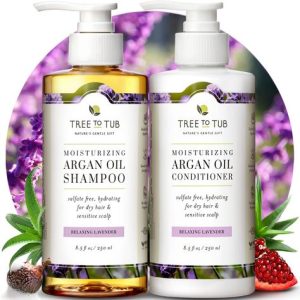
-
Look for natural ingredients: Some dry shampoos contain natural ingredients like oatmeal, rice starch, or tapioca starch. These can be gentler on the scalp than synthetic ingredients.
-
Check for certifications: Look for dry shampoos with certifications from organizations that focus on safe ingredients, like the Environmental Working Group (EWG).
-
Read reviews: Customer reviews can offer valuable insights into a product’s effectiveness and potential downsides. Look for reviews that mention scalp sensitivity or irritation.
Alternatives to Dry Shampoo
If you’re concerned about the safety of dry shampoos or simply want to try alternative methods for refreshing your hair, here are a few options:
-
Hair washing with water only: Washing your hair with just water can help remove some oil and dirt without stripping your hair of natural oils.
-
Apple cider vinegar rinse: Diluted apple cider vinegar can help remove buildup and add shine to hair.
-
Cornstarch or arrowroot powder: These natural alternatives can absorb oil similar to dry shampoo. Apply a small amount to the roots and brush out thoroughly.
Dry Shampoo for Different Hair Types
Dry shampoos come in various formulations suited to different hair types:
-
Fine hair: Opt for dry shampoos with a lightweight formula that won’t weigh down fine hair. Look for ingredients like rice starch or arrowroot powder.
-
Oily hair: Dry shampoos formulated for oily hair often contain stronger absorbing powders like cornstarch or tapioca starch.
-
Colored hair: Some dry shampoos are formulated to be color-safe and not fade hair color. Look for this label if you have colored hair.
Keeping Your Hair Healthy
Dry shampoos can be a convenient and effective way to refresh your hair between washes. Here are some additional tips for keeping your hair healthy:
-
Maintain a balanced diet: Eating a healthy diet rich in vitamins and nutrients can promote overall hair health.
-
Drink plenty of water: Staying hydrated can help keep your scalp healthy and promote hair growth.
-
Manage stress: Chronic stress can contribute to hair loss. Find healthy ways to manage stress, such as exercise or relaxation techniques.
-
Get regular trims: Split ends can travel up the hair shaft and make hair look unhealthy. Getting regular trims can help prevent split ends and keep hair looking its best.
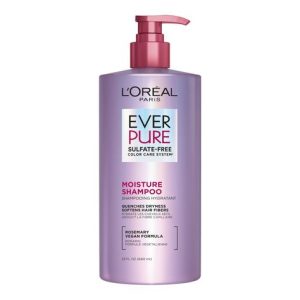
By following these tips and choosing safe dry shampoo practices, you can enjoy the benefits of dry shampoo while maintaining healthy hair.
Dry shampoos can be a convenient and effective way to refresh your hair between washes. By choosing a safe formula and using it properly, you can enjoy the benefits of dry shampoo without compromising your hair health. If you have concerns about dry shampoos or have a sensitive scalp, consider alternative methods for refreshing your hair.
Ultimately, the best approach to hair care is to find what works best for you and your hair type. Experiment with different dry shampoo formulas and alternatives to see what keeps your hair looking and feeling its best.
Dry Shampoo Habits for a Healthy Scalp
Here are some habits to develop alongside using dry shampoo to maintain a healthy scalp:
-
Scalp massage: Regularly massaging your scalp can improve blood circulation, which may promote healthy hair growth. Use your fingertips to gently massage your scalp in circular motions for a few minutes a day.
-
Scalp cleansing: Incorporate a scalp scrub into your hair care routine once a week or so. Scalp scrubs can help remove dead skin cells and product buildup that can clog hair follicles. Look for gentle scalp scrubs formulated for your hair type.
-
Wash thoroughly: When you do wash your hair, lather up the shampoo twice to ensure a thorough cleanse. Pay particular attention to the roots where oil and product buildup can accumulate.
-
Condition regularly: Dry shampoo can absorb some of your hair’s natural oils. Using conditioner regularly helps replenish moisture and keep hair healthy-looking.

